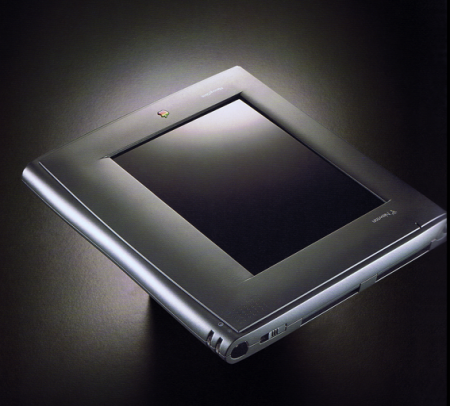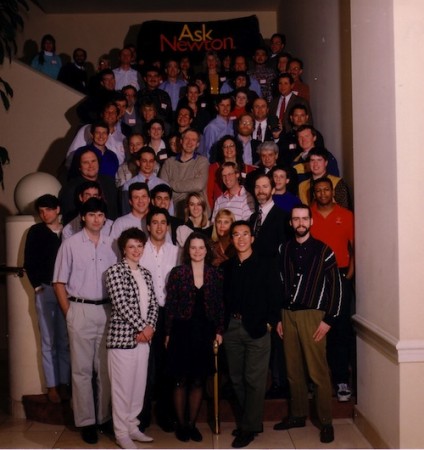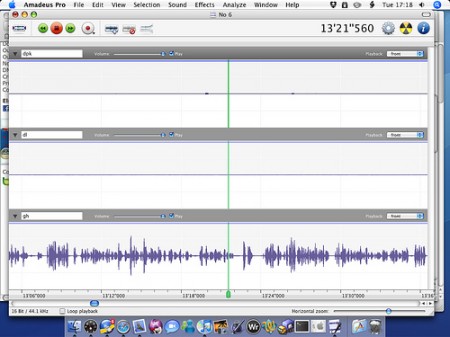Evernote CEO Phil Libin, over at ReadWriteWeb:
So the original idea really started in the Newton days. Back then it was just a device, but it grew to be more of a service that would let you keep all of your memories. [It would] just remember everything.
…They started [Evernote] with this idea of giving everyone a better brain, giving everyone a perfect memory.
This interview has made the rounds, but this idea of the Newton as a ubiquitous capture device always stuck with me – because that’s exactly how I used mine.
I think of the time I’m in a big book store and I need to remember a certain book to check up on later. Whip out the Newton, scribble a note to myself, file it for later, and then never have to Spotlight-search my brain to remember what it was. The MessagePad’s usefulness was immediately apparent to a absent-minded professor like me.
Some people swear by a simple notepad and pen, or by a stack of index cards in their back pocket. For tech geeks, the Newton let you simulate that paper-and-pen experience but with electrons.
If you’re like me, you need something to capture all that random input throughout the day. Lately, that something has been Simplenote, along with my iPhone’s camera. The nice thing about these electronic methods of capture is that their capture-ability is close enough to infinite to be infinite. With pens and paper, you run out of ink and notepads, or you collect and waste actual material resources. I used to use little scraps of paper at work to collect thoughts and notes, and it quickly got out of hand. By storing it electronically, in flash memory somewhere, it just collects and collects without taking up real, physical space.
Newtons and iPhones can lose their charge, of course, or get their brains wiped out (which is catastrophic, but a good you-need-a-backup-strategy example). Still, using Simplenote feels like I’m using an infinite, curved alternate dimension to store reminders and notes.
The Newton did the job fantastically, too, because it felt like you were storing an infinite amount of scrap pieces of paper (that went in the trash when you deleted them!). So it’s no surprise that an idea as great as Evernote sprang from the Newton concept.
[Via Forkbomber.]


